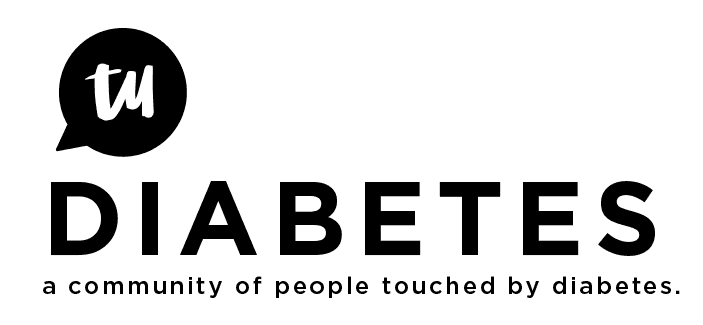A new concept, called the Glycemic Load (GL), which was developed by scientists from Harvard University, USA, “fine tunes” the Glycemic Index (GI) concept. It is a little more complicated.
The Glycemic index (GI) is a numerical system of measuring how much of a rise in circulating blood sugar a carbohydrate triggers—the higher the number, the greater the blood sugar response. So a low GI food will cause a small rise, while a high GI food will trigger a dramatic spike. A GI of 70 or more is high, a GI of 56 to 69 inclusive is medium, and a GI of 55 or less is low.
The Glycemic load (GL) is a relatively new way to assess the impact of carbohydrate consumption that takes the Glycemic index into account, but gives a fuller picture than does Glycemic index alone.
A GI value tells you only how rapidly a particular carbohydrate turns into sugar. It doesn’t tell you how much of that carbohydrate is in a serving of a particular food. You need to know both things to understand a food’s effect on blood sugar. That is where Glycemic Load comes in.
The carbohydrate in watermelon, for example, has a high GI. But there isn’t a lot of it, so watermelon’s Glycemic load is relatively low. A GL of 20 or more is high, a GL of 11 to 19 inclusive is medium, and a GL of 10 or less is low.
Food
The GI of apples is 38 and the GL of one medium apple is 5. This means that eating one apple will have hardly any effect on blood glucose levels. If you eat an entire 500 g packet of dried apples, however, its GL would be 50, which means that it will have a huge effect on your blood glucose levels, despite its being low GI.
This brings us back to the old principle that there is no license to overindulge in “good” or “bad” foods. But should you indulge in watermelon, it will have an even greater effect on blood glucose levels, due to its high GI value!
The GI of the average brown bread is high (GI = 81) and the GL of two slices (2 x 40 g slices) is also high (GL = 32), because the quantity of carbohydrate in a hand-cut slice of bread is substantial. This means that a sandwich made with two slices of brown bread will have a marked effect on blood glucose levels as the bread will have an “oomph” of 32. On the other hand, if you use a thin slice of bread (30 g bread) as part of a mixed meal containing low GI baked beans, ham and salad vegetables, the GL of the meal will be lower and more acceptable (GL = 22). Note that the two slices of bread on their own have a higher GL than an entire meal, in which only one thin slice of bread is used in combination with other low GI foods.
The Glycemic load (GL) of one slice of seed loaf is only 8. In contrast to this, a single hand-cut slice of brown or white bread has a GL of 16. This means that ordinary brown or white bread will spike blood glucose levels (higher GL), and the seed loaf will not (lower GL), but this still doesn’t mean that you can overindulge in seed loaf. Fortunately, seed loaf is more filling and it is not as easy to over-indulge in this bread, as it is to over-indulge in brown or white bread.
In addition, the GL of a roll (equivalent to two slices of bread) is more than 20, and that of a bagel (equivalent to three slices of bread) is more than 30. Imagine what this does to blood glucose levels, as the GI is also high!
From this we can see that it is quite acceptable to include small quantities of high GI foods in a meal, as long as the bulk of the meal contains lower GI carbohydrate foods (vegetables, fruit, low GI starches, legumes and/or dairy).
New evidence associates high GL meals with an increased risk for heart disease and diabetes, especially in overweight and insulin-resistant people. Therefore, it is advisable to restrict the GL of a typical meal to between 20 and 25 as far as possible, but definitely to keep it below 30. The GL of a typical snack should preferably be between 10 and 15, but if your meals are all close to 30, the total of your snacks should be no more than 10. This means that you would have to eat fruit for snacks, in order to keep your total daily GL below 100, as the GL of fruit is usually below 10.
The GI indicates the extent to which a food will raise blood glucose levels, whereas the GL is the “power” or “push” behind the GI.
Tables
Too long for reproduction here: so let me direct you to the work of the ubiquitous and highly readable David Mendosa –health blogger extraordinaire…. Also, has a neat article to introduce you to the concept of GI with a link in the article below….
http://www.mendosa.com/gilists.htm
